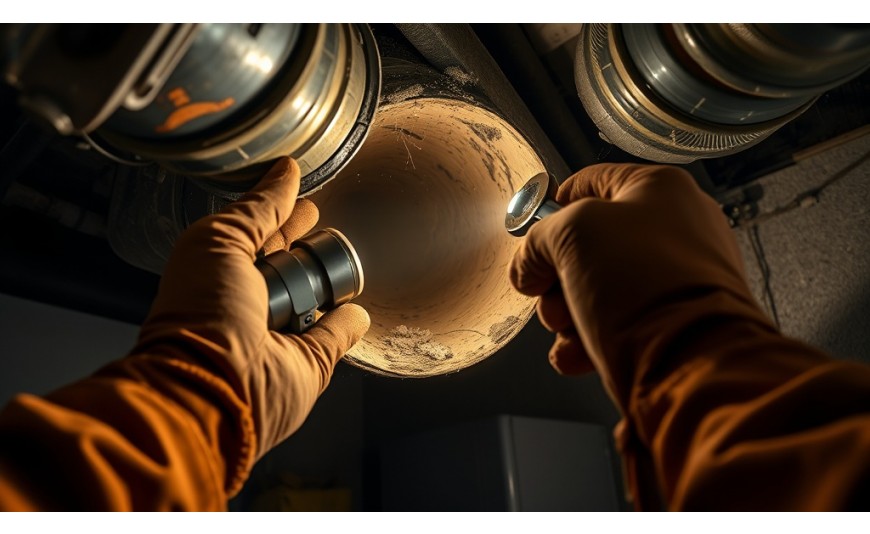
In the intricate world of home maintenance, ducts may not be the first thing that comes to mind. Yet, these unsung heroes play a pivotal role in ensuring our living spaces remain comfortable, well-ventilated, and energy-efficient. Imagine the duct system as the respiratory system of your home. Just as our lungs need clear airways to function effectively, your home needs unobstructed and well-maintained ducts to breathe properly. But what happens when you encounter a blocked or damaged duct? Let's dive into this conundrum with a friendly and approachable tone, exploring the history, current trends, and future implications, while providing practical solutions.
Understanding Ducts: A Brief Historical Context
Ducts have been integral to building design since ancient times, evolving from rudimentary stone passages to the sophisticated systems we see today. The Romans, renowned for their architectural innovations, used ducts as part of their hypocaust heating systems to circulate warm air under floors—a precursor to modern central heating.
Fast forward to the 20th century, and ducts became a staple in residential and commercial buildings, primarily due to the rise of centralized HVAC systems. With the advent of air conditioning in the 1950s, ducts transformed from mere conduits for warm air to vital components in maintaining year-round indoor comfort.
Today, ducts are ubiquitous, but they come with their own set of challenges. As buildings age and environmental standards evolve, the need for efficient duct maintenance becomes increasingly apparent.
Common Causes of Blocked or Damaged Ducts
Before tackling how to address these issues, it's essential to understand what causes them. Here are some common culprits:
Accumulation of Dust and Debris: Over time, dust, pollen, and other particles can accumulate, leading to blockages. This is especially common in homes with pets or in areas with high pollen counts.
Mold and Mildew: Moisture within ducts can lead to the growth of mold and mildew, which not only block airflow but also pose health risks.
Pest Infestation: Rodents or insects can take up residence in ducts, causing blockages and potential damage to the duct structure.
Physical Damage: Ducts can suffer physical damage due to construction work, natural wear and tear, or even shifting foundations in some cases.
Improper Installation: Poorly designed or installed ductwork can lead to inefficiencies and blockages right from the start.
Signs of Blocked or Damaged Ducts
Recognizing the signs of trouble is the first step in addressing duct issues:
Uneven Heating or Cooling: If certain rooms feel noticeably warmer or cooler than others, it could indicate a blockage or leak in the ducts.
Increased Energy Bills: Blocked ducts force HVAC systems to work harder, leading to higher energy consumption.
Strange Noises: Whistling, banging, or rattling noises could be a sign of airflow obstruction.
Unpleasant Odors: Musty or foul smells may indicate mold growth or a pest problem within the ducts.
What to Do When You Encounter a Blocked or Damaged Duct
1. Conduct a Thorough Inspection
Begin by identifying the problem areas. You can perform a basic inspection by:
Checking Vents: Ensure all vents are open and unobstructed by furniture or drapes.
Visual Inspection: Use a flashlight to peer into the ducts through vents and registers. Look for visible signs of dust buildup, mold, or damage.
Listen and Smell: Pay attention to unusual noises or odors that may indicate deeper issues.
2. DIY Solutions for Minor Blockages
For minor blockages, some DIY solutions can be effective:
Vacuuming: Use a vacuum with a hose attachment to remove dust and debris from accessible areas of the duct.
Duct Cleaning Brushes: These flexible tools can reach into ducts to dislodge and remove debris.
Baking Soda and Vinegar: For mold issues, a mixture of baking soda and vinegar can help clean and deodorize ducts.
3. When to Call in the Professionals
While DIY solutions are great for minor issues, professional help is often necessary for more severe problems:
Professional Duct Cleaning: Experts use specialized equipment to thoroughly clean ducts, ensuring optimal airflow and efficiency.
Duct Repair and Replacement: Professionals can repair damaged sections or replace old ductwork with more efficient models.
Mold Remediation: If mold is a significant issue, professional remediation is crucial to ensure a healthy indoor environment.
4. Preventive Measures for the Future
Once your ducts are in tip-top shape, consider these preventive measures to keep them functioning optimally:
Regular Maintenance: Schedule routine inspections and cleanings to catch issues early.
Filter Replacement: Change HVAC filters regularly to prevent dust and debris buildup.
Sealing and Insulation: Properly seal and insulate ducts to prevent leaks and improve energy efficiency.
Monitor Moisture Levels: Use dehumidifiers in damp areas to prevent mold growth.
Current Trends and Innovations
As the importance of energy efficiency and indoor air quality gains momentum, new trends and innovations in duct maintenance are emerging:
Smart HVAC Systems: These systems monitor duct performance and alert homeowners to potential issues before they become significant problems.
Eco-friendly Materials: The industry is moving towards using sustainable and recyclable materials for ductwork, which can reduce environmental impact and increase longevity.
Advanced Filtration Technologies: New filtration technologies are being developed to capture smaller particles and improve indoor air quality.
Future Implications
Looking ahead, the role of ducts in creating sustainable and energy-efficient buildings will only grow. With increasing awareness of climate change and energy consumption, the demand for efficient duct systems will continue to rise. Innovations in smart technology and materials science promise to revolutionize how we maintain and utilize duct systems.
Imagine a future where ducts self-clean, monitor air quality, and adapt to changing environmental conditions, all while communicating with other smart home devices. The integration of AI and IoT (Internet of Things) will likely play a significant role in this evolution, offering homeowners unprecedented control over their indoor environments.
In Conclusion
Encountering a blocked or damaged duct can seem daunting, but with the right knowledge and approach, it becomes a manageable task. By understanding the history, current trends, and future implications of duct maintenance, homeowners can take proactive steps to ensure their duct systems remain efficient and effective.
Remember, whether you're a DIY enthusiast or prefer to rely on professionals, maintaining your home's ductwork is an investment in comfort, energy efficiency, and overall well-being. So, the next time you suspect a duct issue, take a deep breath, roll up your sleeves, and get to work. Your home—and your wallet—will thank you!


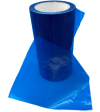
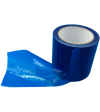
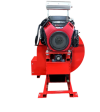
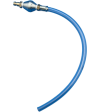

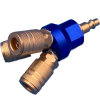
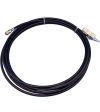



Write a comment